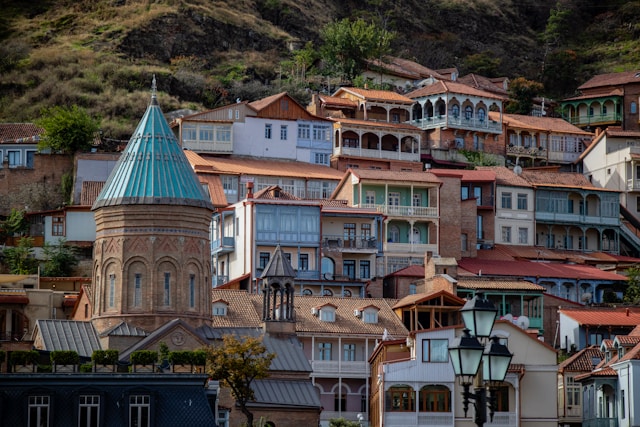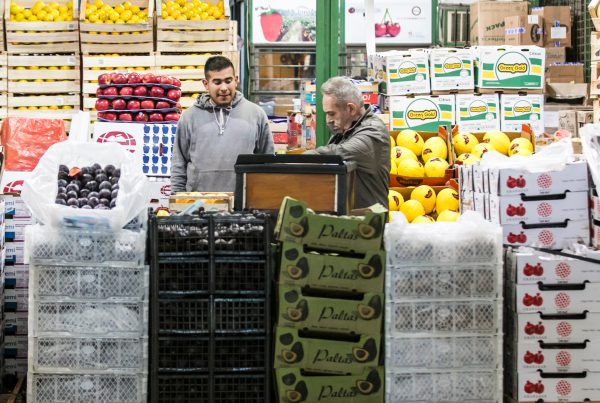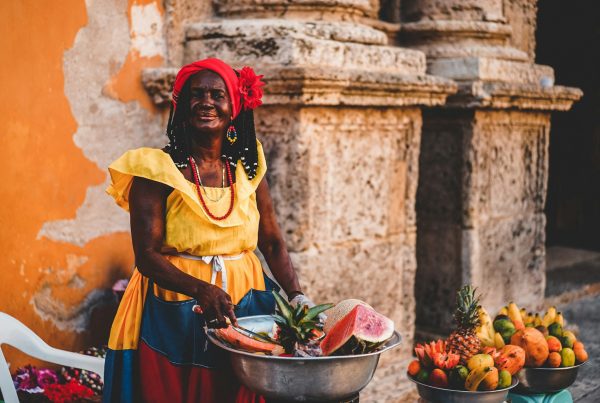Newsletter 163 – 02.19.2024
The Caucasus, link between Europe and Asia
The South Caucasus region, located between the Black Sea and the Caspian Sea, comprises the present-day states of Azerbaijan, Georgia and Armenia, along with other partially recognized territories and smaller areas of Turkey and Iran. The region, despite its relatively small size, has a significant population, which exceeds 20 million people.
The three aforementioned States were, on two different historical occasions, included in a single State, and were part of the former Soviet republics. The fall of the USSR determined the independence of all three, but numerous disputes also arose in the region, given that part of the territories are claimed by various ethnic groups. The conflicts have been going on for a long time, with constant tension between these countries and Russia.
These countries have ancient cultures, with their own traditions and customs, in which the dilemma between the European and Asian worlds is evident.
Opportunities for southern fruit exporters
Unlike the former Soviet republics of Central Asia, the Caucasus region has greater ties with southern countries. Part of the population that had to emigrate due to war and economic conflicts (especially in the case of Armenia) is located in the countries of the Southern Hemisphere. Furthermore, they are countries more focused towards the West. Also in the case of fruit trade, some transactions are recorded, although in general they are specific and small-scale imports. The restrictions they have for their own production, as well as the importance of fruit in their traditional cuisine, determines that they are interested in importing fruit. Once again the opportunities are in the opposite season. There are opportunities for citrus (lemon, tangerine), apples and pears, as well as exploring the world of special fruits, such as blueberries or avocados.
Azerbaijan
With a population of 10.4 million people, it is a country without access to any ocean, although it does border the Caspian Sea. With a rich history and cultural heritage. The republic is an active member of the Turkic Council (along with Kazakhstan, Kyrgyzstan and Turkey) and the Commonwealth of Independent States (CIS). Compared to other countries in the region, it stands out for its high level of human, economic and literacy development and low levels of unemployment. The majority religion is Islam, with some Christian and Jewish communities. The official language, Azeri, is closely related to the Turkish language. Its capital and most populated city is Baku, an oil, scientific, cultural and industrial center.
The country has a large agricultural area and produces significant quantities of cereals, potatoes, beets, tobacco and tea. Animal husbandry is also important. The fishing industry, focused on the exploitation of sturgeon, is declining.
Fruit production is expanding. The main products are grapes, apples, oranges, pears and pomegranates. Starting in 2014, due to improvements in irrigation systems and the implementation of incentives for producers, fruit growing was boosted and dependence on imports decreased.
Georgia
Located on the Black Sea coast, it has a population of 3.7 million people. Despite its geographical location, it is considered culturally and politically as part of Europe, being as of 2016 an associated state of the European Union. Its largest city is Tbilisi, strategically located between Europe and Asia, and formerly located on the Silk Road.
Since the fall of the Soviet Union the population has been decreasing, due in part to wars, the fragile economy, low birth rates and emigration. It was one of the first nations to adopt Christianity in the 4th century and today 85% of the population adheres to the cult of the Georgian Orthodox and Apostolic Church.
The country's economy revolves around Black Sea tourism, manganese and copper mining, and a small industry.
Georgia has a long tradition of viticulture, and is believed to be one of the oldest wine-producing regions in the world, dating back to 8000 BC. Traditional wine is made in terracotta jars called kvevri, which are buried in the ground. A traditional practice, known as maglari, consists of letting the vines grow over the trunks of other fruit trees, so that the grape clusters then hang along with other fruits, creating a curious scene.
According to research, various types of figs, blackberries, grapes, walnuts, apricots, pomegranates and almonds also originated in the Caucasus Mountains. This is reflected in the diversity of products that are usually found in traditional markets, and in traditional preparations such as fermented or dried fruits.
Armenia
With 2.7 million people, it is a landlocked country. Like its neighbor Georgia, it is one of the first countries to adopt Christianity, 93% of the population belongs to the Armenian Apostolic Church.
The country's industry represents more than 30% of GDP, and there is a strong mining sector that mainly exploits gold, copper, zinc and silver. Agriculture was much more developed in the Soviet era. Since its independence the country has returned to small-scale agricultural production.
Like its neighboring countries, the production of grapes, apples and watermelons stands out. The pomegranate is a very important fruit for the culture of Armenia and is associated with numerous traditions, such as throwing a pomegranate against the wall at weddings.







